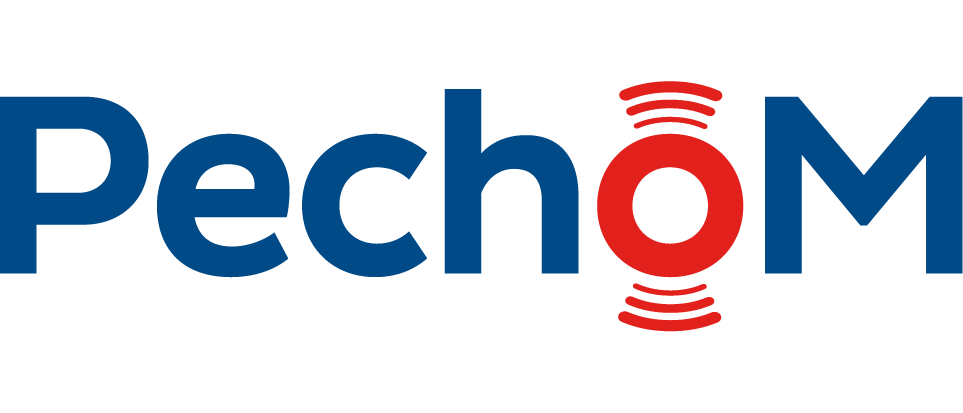The Noisiest Industries and Things to Watch Out For
8 May 2024
With the beginning of the industrial revolution in the 18th century, the addition of machine power to human power caused an increase in the volume of work. The increase in work accidents and occupational diseases in workers working long hours in the adverse working conditions that emerged as a result of rapid factory development became the most important problem of industrializing societies. In England, the first legal regulation in the field of occupational health and safety was the Factories Act in 1802 . Act ) was enacted. Later, in 1804 and 1819, with the 2nd Factory Act (2nd Factory Act Act ) attempts were made to reduce work accidents and occupational diseases through regulations such as health conditions in work areas and working hours.
was the "Dilaver Pasha Regulation" issued in 1865 during the Ottoman period . It focused on the regulation of working conditions in industrial zones, employment of doctors in factories, treatment of workers and resting of workers. Today, occupational diseases that occur with the Occupational Health and Safety Law No. 6331 are separated into different titles and the health of workers is protected. Improvements continue to be made with constantly updated regulations along with the European Union harmonization process.
The sectors that exceed the noise exposure limit values determined by today's legal regulations are listed below. If the necessary precautions are not taken, the hearing health of employees working in these sectors is in great danger.
1- Textile and Weaving Sector
2- Mining Sector
3- Metal Industry
4- Airlines
5- Paper Industry
6- Woodworking Industry
7- Automotive Sector
Due to the noisy operation of the machines used and the structure of the materials used in the processes (welding, metal cutting, weaving, CNC processes, etc.), the noise in these sectors is higher than in other sectors.
In the metal industry, equipment such as metal cutting machines and press motors, welding and drills, which are frequently used in the sector, produce high noise due to their working principle, which are the elements that increase personal exposure to noise to maximum levels.
frequently used yarn knitting, fabric weaving, raising , boucle, vater and carding machines in the textile industry at high speeds of approximately 4000-7000 increases the personal exposure values in textile companies to dangerous noise levels such as 108 dB(A).
In the automotive industry, the use of sawdust , compressed air and especially presses causes a very high level of noise in the environment.
Noise Protection Methods in Industry
In order to reduce or eliminate the noise problem experienced in workplaces, especially in the sectors mentioned above, the noise source must first be determined accurately with the necessary engineering approaches. This is usually done with noise mapping . Once the noise source is determined, the noise can be reduced with 3 basic approaches.
1. Reducing and controlling noise at source
2. Reducing noise in the path between the receiver and the source
3. Blocking the noise from the person exposed to the noise
1.Reducing and Controlling Noise at Source
the most effective way to solve the problem of dangerous noise in industrial sectors . Principles of controlling noise at its source:
a) Selecting quieter processes,
b) Monitoring noise with planning and maintenance
c) Changing the operating conditions,
d) Covering the noise source with sound-absorbing materials (sheathing)
e) Changing the location of the noise source
f) Use of silencers
g) Vibration isolation and application of vibration damping
i) Measures such as replacing the noisy machine may be taken.
2. Reducing Noise in the Path Between Source and Receiver
In cases where the noise cannot be completely eliminated or reduced at its source, it causes the sound energy to concentrate and multiply on the path it spreads. To reduce the noise on the path between the source and the receiver:
a) Increasing the distance between the machine that is the source of noise and the worker exposed to it (sound intensity decreases in air inversely proportional to the square of the distance),
b) Using sound-absorbing barriers to prevent the free propagation of sound in the air,
c) Covering the areas where sound can pass through or be reflected back, such as walls, ceilings and floors, with sound-absorbing materials or making the working environment from such materials,
d) Covering the noise source with an acoustic cabin or isolating it in a way that reduces the sound.
3. Blocking the Noise from the Person Exposed to the Noise
If the noise cannot be eliminated at its source or if mitigation measures cannot be taken on the path it travels, some precautions are taken on the employee exposed to the noise. To prevent the noise from affecting the person exposed:
a) Separate the employee exposed to noise from the noisy machine.
b) Reducing the time the employee is exposed to noise or implementing rotational work in noisy places.
c) Change the work schedule if possible.
d) Ensuring that employees use personal protective equipment
Pechom, with our slogan “ Guaranteed Acoustic Solutions”, we can carry out all kinds of services and applications regarding noise reduction with our acoustic knowledge and experience;
Able to provide acoustic consultancy and engineering services,
It is possible to perform pinpoint detection of sources with frequency-based acoustic measurement and mapping,
We silence the specified sources with solutions such as cabins, cladding, noise walls, with guaranteed sound reduction.
Unfortunately, in our country, limiting the dangerous noise on the worker, which is stated as the last solution alternative, is preferred as the first alternative. However, although limiting on the person seems easy, it is not an easy and permanent option. This method serves to postpone the problem temporarily rather than solve it , and if a permanent solution method is not found in this period, it may cause loss of labor, time and economic liabilities in the company. Although turning to engineering measures that will reduce noise at the source may seem costly at first, it appears to be the most logical and profitable option in the long run.

